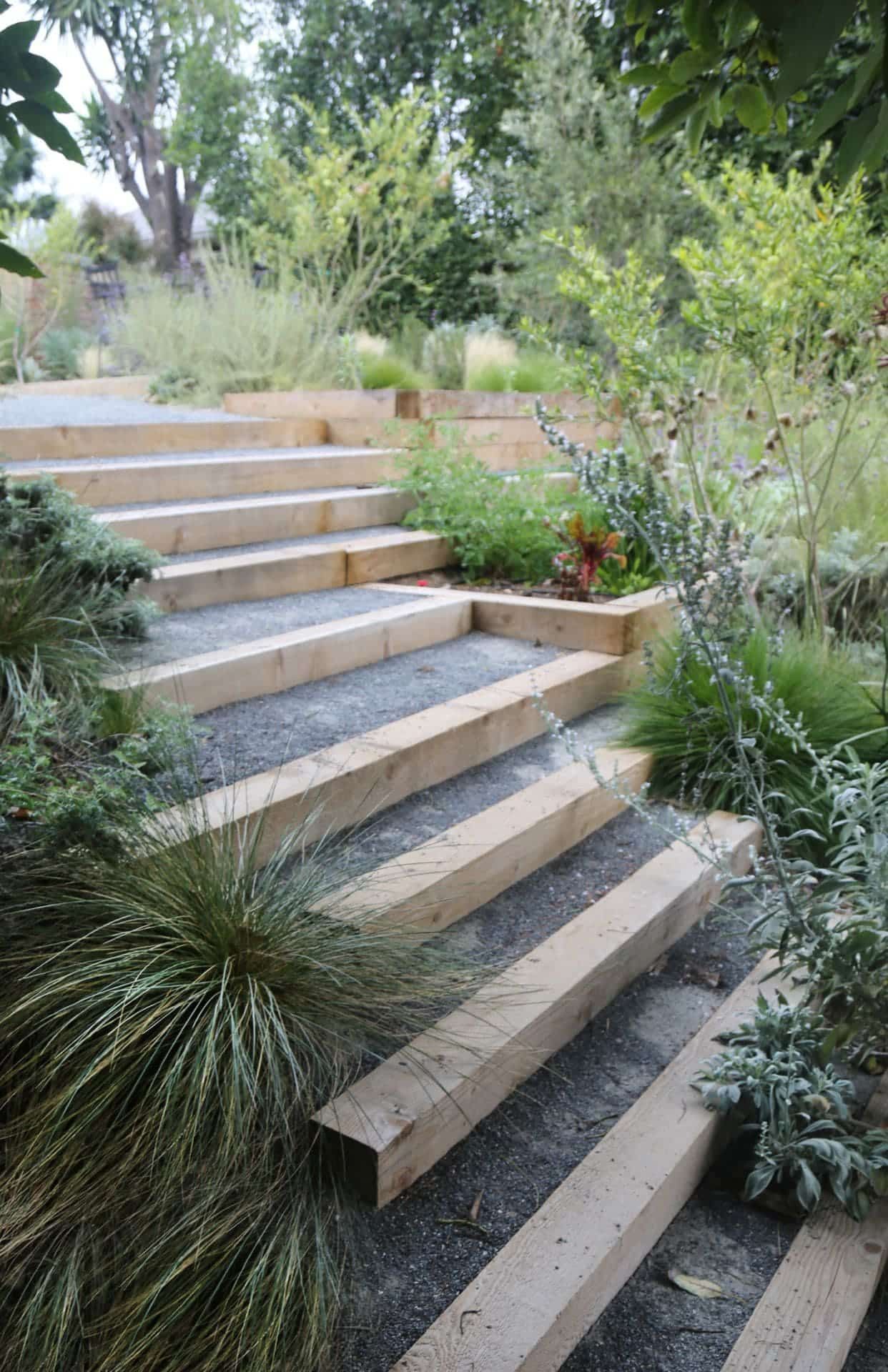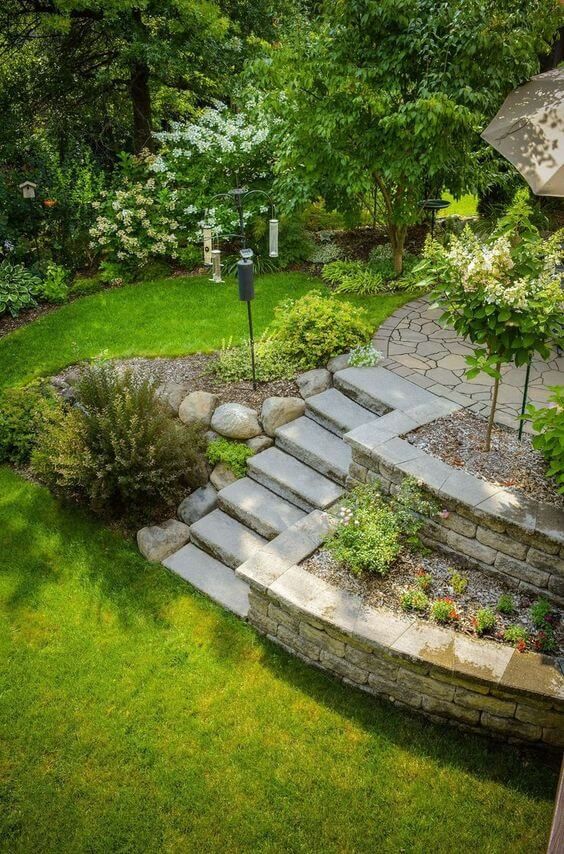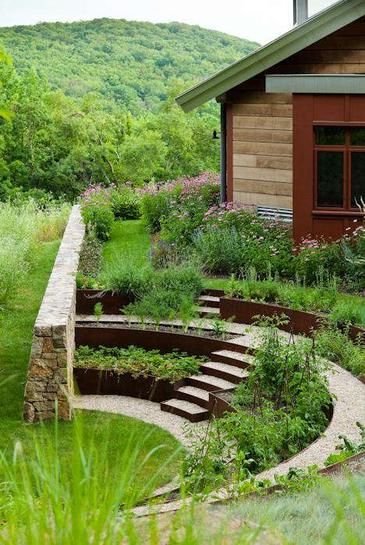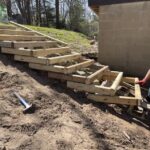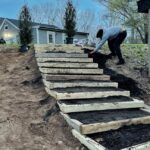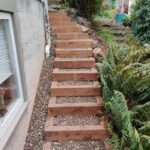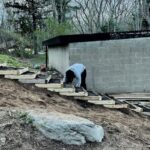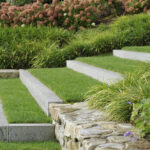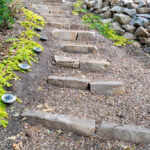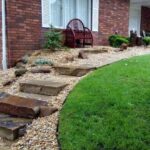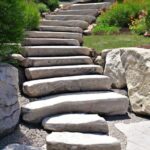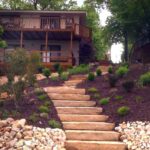Landscaping a sloped area can be a challenging but rewarding project. With the right tools and techniques, you can transform your sloped backyard into a beautiful and functional space that you can enjoy for years to come. Here are some steps to help you get started.
The first step in landscaping a slope is to assess the site and determine its slope and soil conditions. This will help you determine the best plants and materials to use for your project. Consider the amount of sunlight the area receives, as well as any drainage issues that may need to be addressed. You may also need to consider erosion control measures to prevent soil erosion on the slope.
One of the most important steps in landscaping a slope is to create terraced levels to help prevent erosion and make the area more accessible. This can be done using retaining walls, steps, or other landscaping structures. Retaining walls can be built from a variety of materials, such as stone, wood, or concrete, and can help create flat areas for planting beds or seating areas.
Once you have created terraced levels, you can begin planting. Choose plants that are well-suited to the slope’s conditions, such as ground covers, low-growing shrubs, and grasses. Consider using native plants that are adapted to your region’s climate and soil conditions, as they will require less maintenance and water. Plant taller trees and shrubs at the top of the slope to help anchor the soil and provide shade.
To add visual interest to your sloped landscape, consider incorporating hardscaping elements such as paths, patios, and seating areas. These can help break up the slope and provide different areas for relaxation and enjoyment. You can use materials such as stone, gravel, or pavers to create these hardscaping features, and add lighting for safety and ambiance.
Finally, remember to maintain your sloped landscape regularly to keep it looking its best. This may include watering, weeding, pruning, and fertilizing as needed. Keep an eye out for erosion or drainage issues, and address them promptly to prevent damage to your landscape. With proper care and maintenance, your sloped landscape will thrive and provide you with years of enjoyment.
